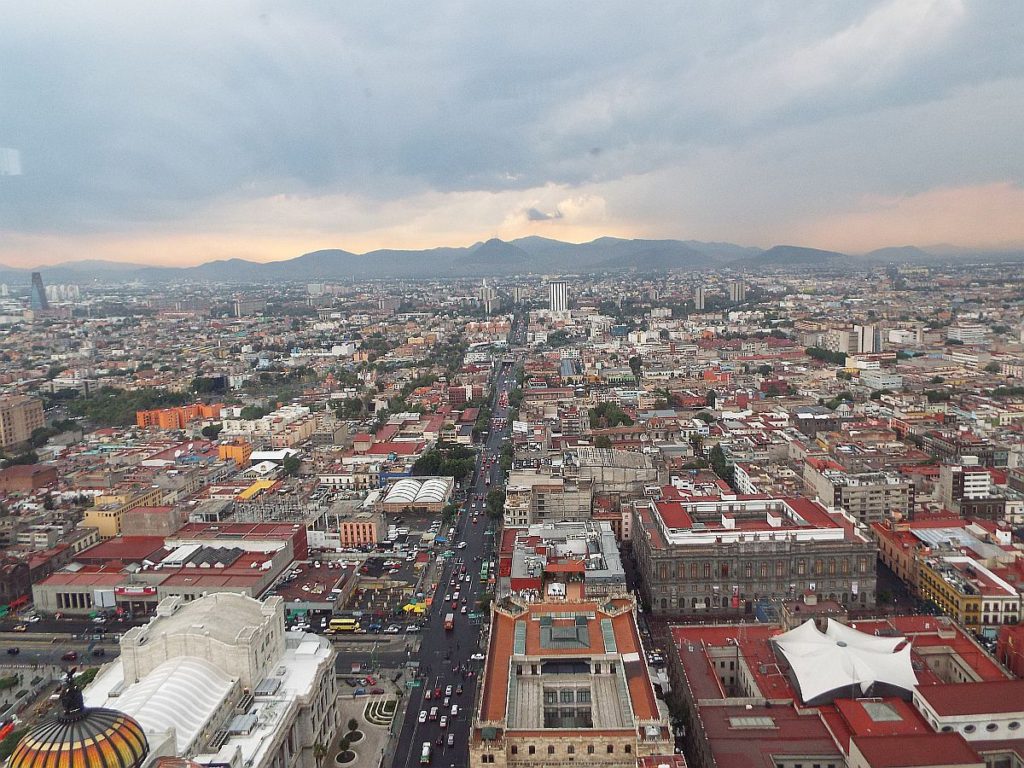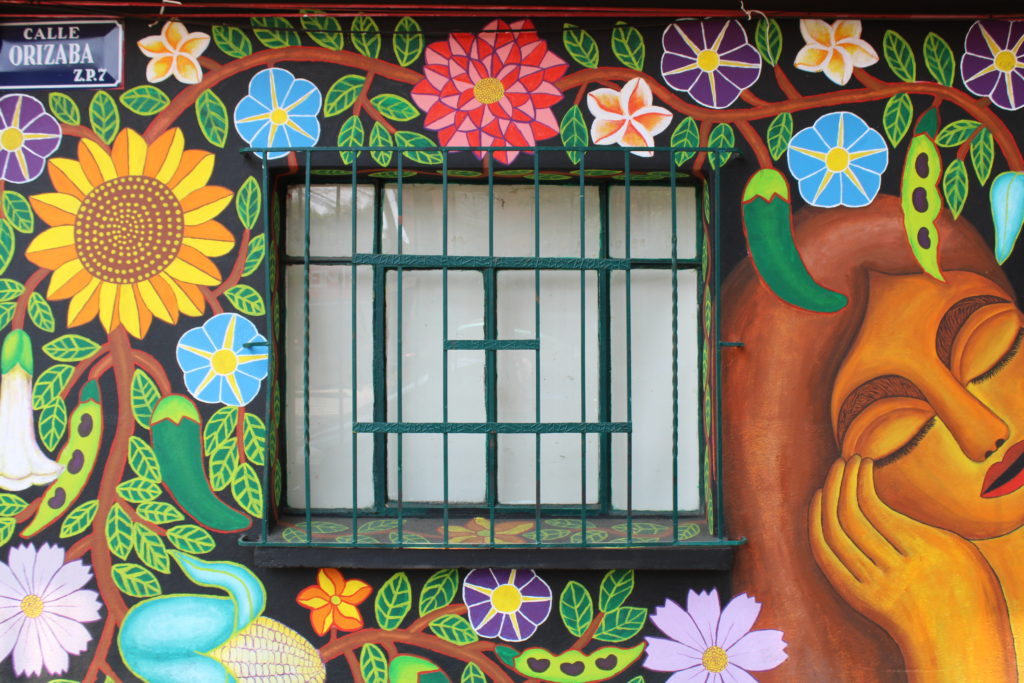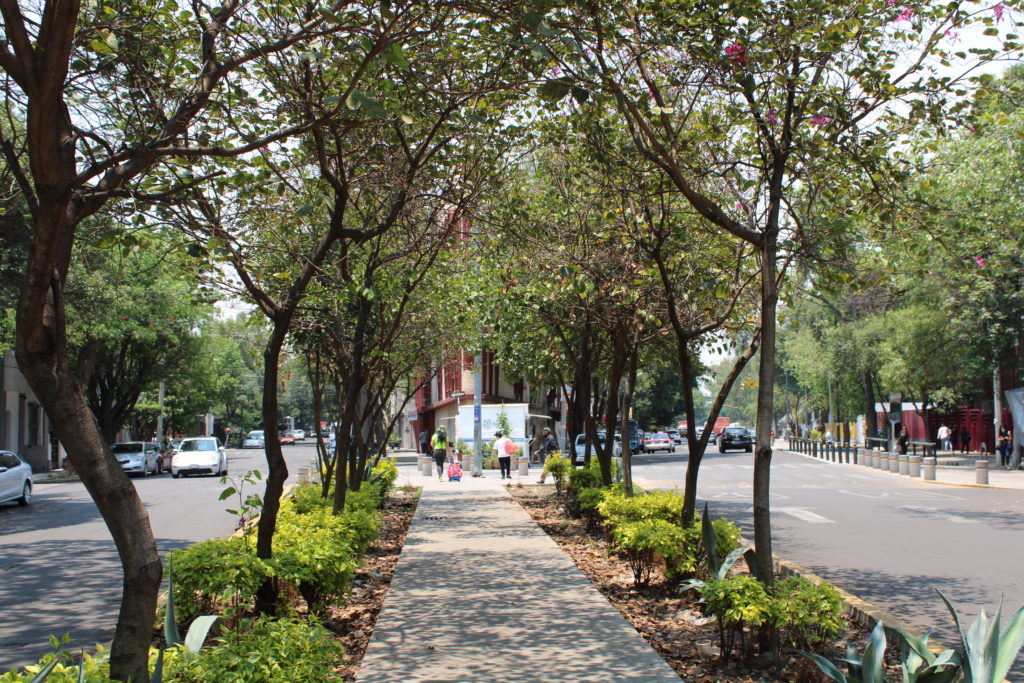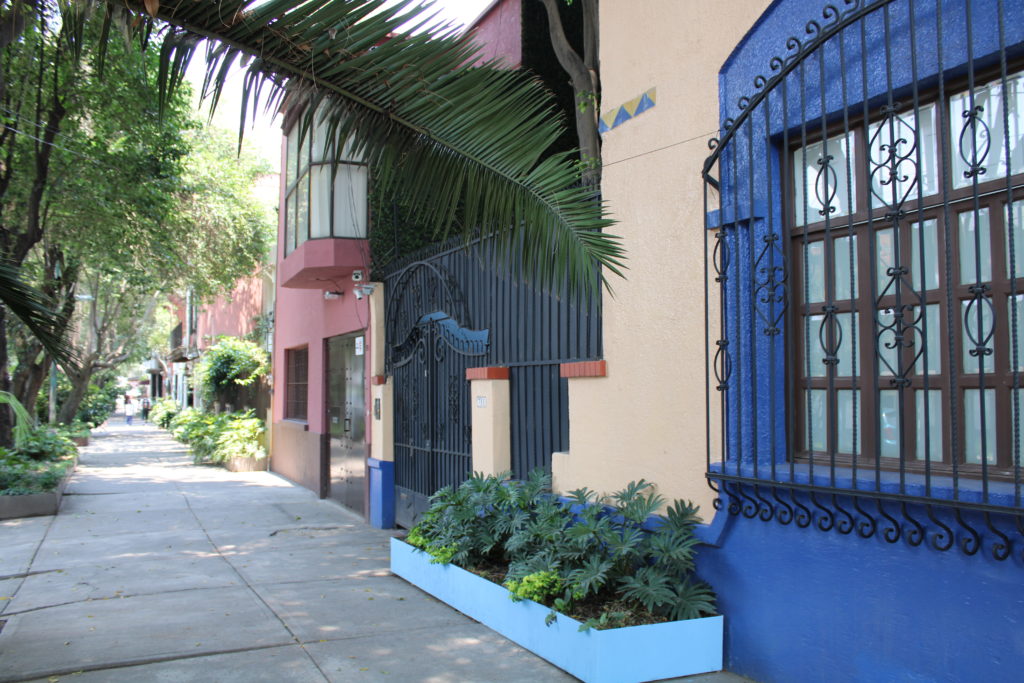Mexico City is one of the best places in the country to learn Spanish. Unlike popular tourist locations like San Miguel de Allende or Puerto Vallarta, the foreign community is very much integrated into the city and not insular, and locals expect you to take a stab at the local language — you won’t automatically be spoken to in English or be brought an English menu. The city is packed with ways to expand your language skills (museums, protests, everyday interactions), and yet there are enough chilangos that speak English you can also always find someone to help if you are in a bind.
So if you decide to take Spanish classes in CDMX, the question is, where should you go? There are a lot of factors to consider when you are making the choice of what language school to go to in Mexico City. You want to think about your budget constraints as well as your time constraints. Do you have a full work schedule? Are you a night owl who’s not likely to show up for an 8am Spanish class? Are you willing to go to class every day for six weeks of your time in Mexico? Most language schools are located in central tourist neighborhoods — Roma, Condesa, Polanco, and Coyoacan, but homestays can be farther outside of the city center. If you want to be able to walk to Spanish class, location is another factor you might want to think about.
It’s also important to recognize your Spanish level. Do you need the very basics, including grammar and basic sentence structure? Or are you advanced enough that a personal tutor who can cater to your needs would be better than group classes? I received a lot of feedback from folks who have taken language schools and used private tutors in Mexico City and the following are the options I’ve found people like the best.
CEPE of UNAM – Polanco
The general consensus seems to be that the UNAM classes are the most structured and most serious of the options on this list. These are college-level classes that often include students learning Spanish for business purposes that come from language backgrounds opposite to that of Spanish — Chinese, Japanese, and Russian. Most of the former students I talked to liked the structured nature of the classes — the fact that there were exams and homework made them take their work more seriously, and the professors were professional and well trained. These classes also happen to be the most expensive on this list.
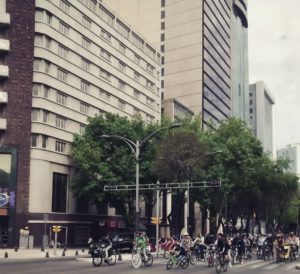 You must take an entrance exam to place in a class and pay for that and registration in advance which will run you around 450usd. I had one person tell me they felt they were placed in a class that was actually too basic for their level. After finishing a basic course that same student was told by his teacher that he should skip ahead a few levels but the school has a strict classes-in-row policy when it comes to the course levels and in order to skip he would have had to pay for registration and the entrance exam all over again so he chose not to.
You must take an entrance exam to place in a class and pay for that and registration in advance which will run you around 450usd. I had one person tell me they felt they were placed in a class that was actually too basic for their level. After finishing a basic course that same student was told by his teacher that he should skip ahead a few levels but the school has a strict classes-in-row policy when it comes to the course levels and in order to skip he would have had to pay for registration and the entrance exam all over again so he chose not to.
After the pre-registration fees, the cost of the Basic level (which is 90 hours of instruction) is 550usd, and the cost of the Intermediate or Superior level (which is 78 hours of instruction each) is $450usd. So, not cheap, but there are eight levels in total and you can take 2 complete courses in a semester or complete 5 levels in one year. One former student told me that these classes were difficult to take if you have a full-time job (classes are 6 or 16-week courses, Monday to Friday every morning for either 3hrs for beginners or 2.5hrs for advanced classes). The most central campus is in Polanco and there are other classes held in the Ciudad Universitario in the south of the city (UNAM’s campus).
Universidad la Salle – Condesa
The Universidad la Salle is right in the heart of Condesa and, like CEPE, is part of a larger university system. The classes are 6 weeks online in the afternoon three times a week for $160usd (appx) or morning in-person classes for 4 weeks, Monday to Friday for $310usd (appx). The person I talked to said La Salle provided him with a basic, core foundation in Spanish language and grammar and said that the classes were small and intimate (4 or 5 students) and he felt like that was one of the reasons he got so much out of the course. Classes are so small in fact, if there aren’t enough students who want to take your level at the same time the university will be unable to offer you the class, and other former students commented that they were only able to take basic Spanish classes there and then had to transfer to UNAM for higher level classes.
International House – Condesa
The International House is more similar to private language schools that you will find across Latin America and less like the university settings of the two schools previously mentioned. Located inside a castle-like house in Condesa, students generally like the small size of the classes and the immersion of slightly less structured but much more culturally relevant Spanish lessons.
One student told me it was the school where he felt he learned the most. Classes range from $155 to $230 a week depending on how long you study (the longer you sign up the cheaper the weekly cost). They also offer (at an additional cost) private lessons for learning business Spanish, an exam prep course for the DELE exam, and cultural activities each afternoon. You can arrange a homestay with one of their families, but just remember the website says families live from 30-45 minutes away by public transportation so this might mean you’re pretty far from the city center.
Lengua Y Cultura – Condesa
Students I got feedback from seem to particularly like Lengua y Cultura’s atmosphere. They said that teachers were friendly and accommodating and most referenced the activities that they were able to take part in outside of the classroom — trips to the market, riding on the subway, and other excursions, as well as the staff’s willingness to help them with the regular problems of traveling. The school also has some unique options that I like like Spanish classes on Saturdays from 9 am to 1 pm, they offer a super intensive course that combines group classes and private instruction each day from Monday to Friday, and they have Survival Spanish classes that are 1 week with 10 hours of private instruction for $199 – sort of a quick and dirty option for people that don’t have much time and want to get the max they can in a short period. Regular classes are 3 hours (at different times during the day) Monday to Friday for $130-$585. They also have private tutors and business Spanish classes.
Private Tutors
So what about private tutors? Some people find them endlessly more flexible and accommodating as you can choose the time, topic, and style of classes that fit with your learning style and lifestyle. Other folks have said that the structure of group classes and actually having to show up and be present was what they needed to really commit to classes. Private tutors are generally more expensive but you can choose as many or as few hours as you want in a week and most teachers offer classes via zoom or in person so you can fit them into your schedule.
If you are tempted to get a private tutor you might want to wait until your Spanish level is high enough that you are conversational and just need someone to help you tweak your mistakes. For most Spanish learners, myself included, it was important to get a solid, academic foundation in Spanish first in order to start excelling in the language. There are THOUSANDS of private tutors out there, but here are a few that were recommended to me: Daniel Torres (+52 56 11 67 86 05), Ernesto Alanis (+52 55 20 61 6969), and Leti Aparicio.
Have you taken classes somewhere you loved? Somewhere you hated? Send me a message and tell me about it.
Coming to Mexico City? Want some insight into Renting an Apartment? Trying Mezcal? Renting a Bike?
Click here to subscribe via RSS

